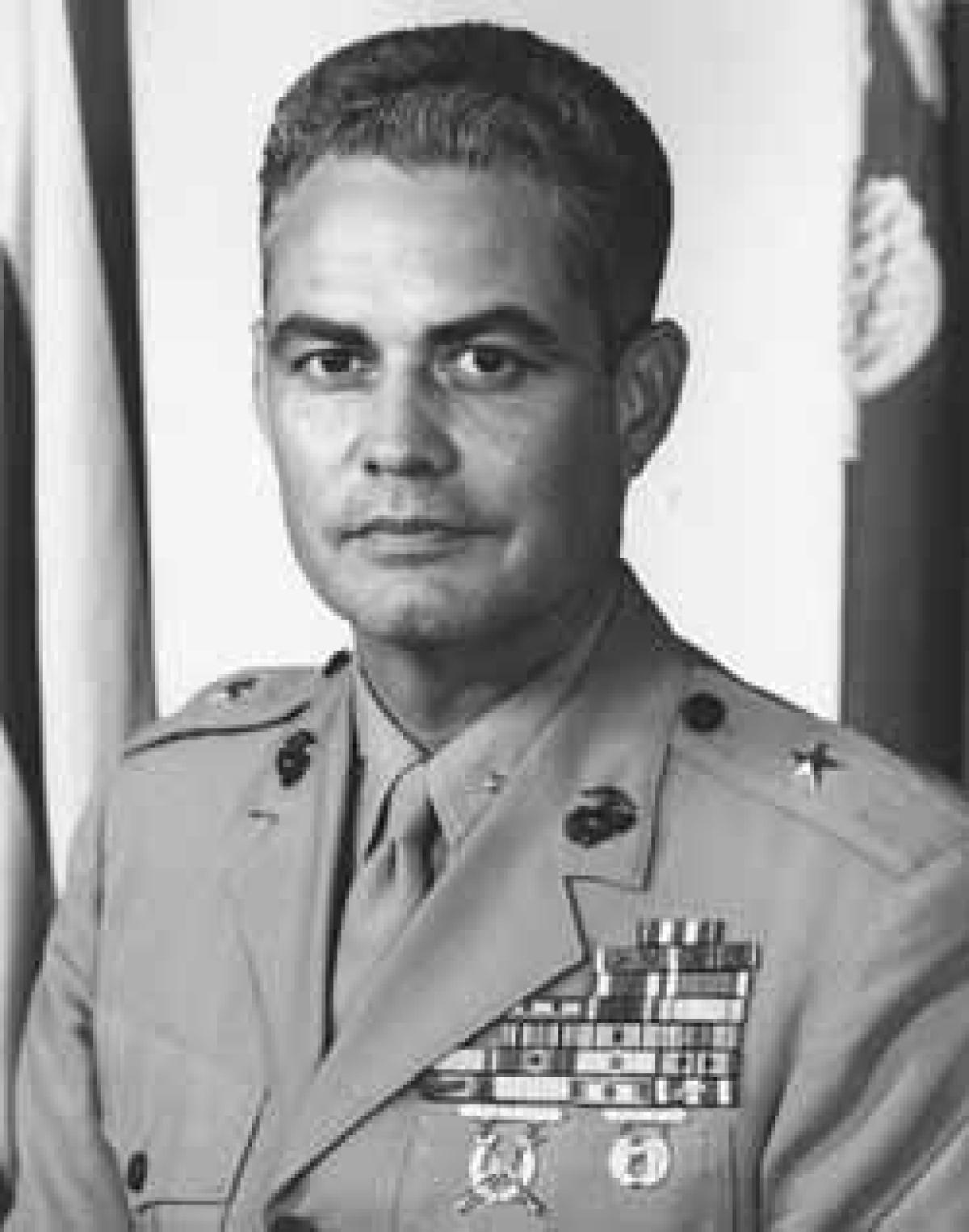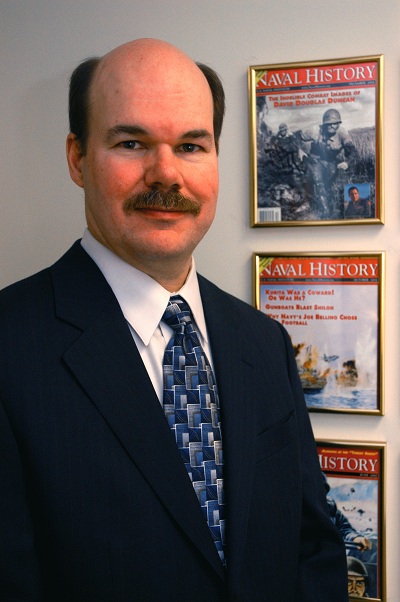I've never met Brigadier General Edwin Simmons. But in preparing this issue of Naval History, I've sure gotten to know him. General Simmons' extensive Marine service record includes fighting on Guam, landing at Inchon, and commanding the 9th Marine Regiment in Vietnam. But he is more than just a warrior. He has served as editor of the Marine Corps Gazette and most notably as director of Marine Corps History and Museums. His books include the classic United States Marines: A History.
Early on when I was thinking about running a couple of articles about the Marines in World War I, I asked Corps historian Colonel Joe Alexander for his thoughts about the idea. His first suggestion was to find out if General Simmons would write one of the stories, but the colonel pessimistically noted, "I doubt he'll do it." The general was then 83, and, like many folks his age, suffering from health problems. Well, General Simmons not only offered to help, he asked to write both an overview and a battle story. The latter would be an adaptation of a chapter from the history of the Marines in World War I that he was working on. Instead of Belleau Wood, the general suggested the lesser-known but important Battle of Soissons.
As it turned out, General Simmons did a lot more than merely write the Marine articles in this issue. He coaxed the Marine Corps Historical Center, whose boxes were literally packed for their move from the Washington Navy Yard to Quantico, into sending copies of art to help illustrate the stories. The general also wrote all of the captions. He suggested asking Corps Museum Division art curator and talented cartographer Charles Grow to draw a Soissons battle map. And General Simmons was tireless in offering suggestions about the package and helping to edit his articles. In fact, as I write this column, I'm also exchanging e-mails with the general about last-minute corrections and edits.
I sensed that General Simmons was being more than just conscientious, that he felt a deep connection to this period of Marine history. He later told me that he grew up in Billingsport, New Jersey, in the 1920s and 1930s:
The social center of this little town was the American Legion Post of which my father was a member. As a very small boy I was a fly on the wall, listening to the stories these veterans . . . had to tell. There were magical names such as Château-Thierry, Soissons, St. Mihiel, and Meuse-Argonne. A few of the members seemed to receive special respect when they spoke of fighting in a place called Belleau Wood.
After joining the Marines:
I learned that the Marine officers who had distinguished themselves as lieutenants and sergeants in the First World War were the colonels and generals of the Second. I would be privileged to serve under, and get to know, many of them, such as Clifton B. Cates, Lemuel C. Shepherd, Gerald C. Thomas, Merwin Silverthorn, Graves B. Erkskine, and others, including the unforgettable Wilbert S. "Bigfoot" Brown.
Thankfully, those Billingsport veterans instilled in General Simmons a love of the Marines and of history that he continues to share with readers.
—Richard G. Latture, Editor-in-Chief





